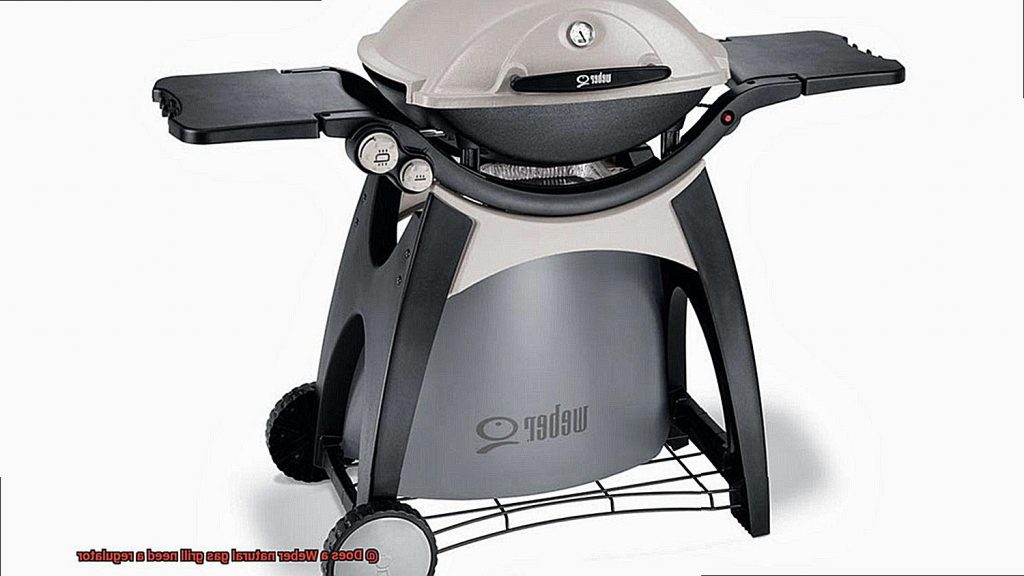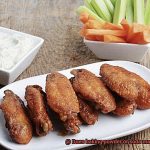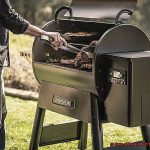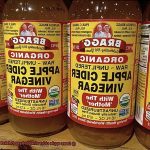Hey there, grill enthusiasts. Did you just get your hands on a brand new Weber natural gas grill and now you’re scratching your head, wondering if you need a regulator for it? Don’t sweat it – we’ve got the answers you’re looking for.
The short answer is yes and no. Technically, your Weber grill comes equipped with its own built-in regulator, so you don’t necessarily need an extra one. However, depending on where you live, local regulations could require the addition of a secondary regulator to ensure safety and compliance. It’s always best to check with your gas company before firing up the grill.
But wait, there’s more. Adding an extra regulator can actually be beneficial in some cases. It can help maintain consistent gas pressure and prevent any potential flare-ups or gas leaks. We’ll dive deeper into these scenarios and explore all the pros and cons of adding a second regulator.
So grab a cold drink, kick back, and let’s get grilling on this hot topic. By the end of this article, you’ll have a crystal-clear understanding of whether or not your Weber natural gas grill needs a regulator – and all the ins and outs that come with it.
Contents
How Does a Regulator Work with a Natural Gas Grill?
If you’re a true grill master, you likely understand the importance of safety when it comes to outdoor cooking. That’s where regulators come in. A regulator is a crucial component of a natural gas grill, including those made by Weber. In fact, using a regulator is absolutely essential for optimal performance and safety.
So, what exactly does a regulator do? Essentially, it controls the pressure of the gas flowing into the grill from the supply line. Without a regulator, the gas pressure could become too high, leading to some very dangerous situations such as gas leaks and even explosions. That’s definitely not something you want happening in your backyard.
To prevent those dangerous situations from occurring, a regulator works by monitoring the pressure of the gas coming from the natural gas source and then reducing it to a safe level before it enters the grill. The pressure in the gas line can fluctuate due to changes in temperature, so the regulator is necessary to ensure that the gas flow remains consistent. But that’s not all: Weber’s regulator also includes an overpressure protection feature that shuts off the gas supply if the pressure exceeds a safe level. This added safety measure helps prevent accidents and keeps your grill safe to use.
Weber provides a regulator with their natural gas grills, and it’s important to use the one provided by the manufacturer. The regulator is specifically designed to work with Weber grills and ensures that the correct amount of gas flows into the grill for optimal performance. Choosing an incompatible regulator could potentially lead to problems down the road.
It’s also essential to properly maintain and inspect your regulator regularly. Over time, debris or dirt can accumulate in the regulator causing it to malfunction. If you notice any signs of damage or irregularities with your regulator, such as a hissing sound or difficulty lighting your grill, it’s critical to replace it immediately.
Why is it Important to Use the Correct Regulator for Your Weber Grill?
As a grill master, you know that cooking up the perfect steak or burger requires more than just a good recipe. You need the right tools, and that includes using the correct regulator for your Weber grill. But why is this so important, you ask? Well, let’s dig into the details and find out.
First and foremost, the regulator controls the flow of gas from your propane tank or natural gas line to your burners. It ensures that your grill operates at the right pressure and temperature, which is essential for even cooking and fuel efficiency. Using the wrong regulator or a malfunctioning one can cause a host of problems, such as uneven heating, flare-ups, and even explosions – yes, you read that right.
Here are some of the main reasons why using the correct regulator is crucial:
- Consistent and Stable Gas Flow: Your grill’s performance relies on a consistent and stable gas flow. Any fluctuation in gas pressure can lead to uneven cooking, wasted fuel, and burnt or undercooked food. By using the proper regulator, you can ensure that your grill operates at optimal levels.
- Flare-Ups: Have you ever experienced an unexpected burst of flame while grilling? That’s a flare-up. These occur when excess gas accumulates in the burner and ignites, potentially burning food and causing injury. A properly functioning regulator reduces the risk of these dangerous occurrences.
- Safety Hazards: If you have a natural gas grill, then using an incorrect regulator can pose significant safety hazards. Natural gas is highly flammable and combustible, meaning any sudden surge of gas pressure can result in an explosion or fire. It’s essential to use a regulator that matches your grill’s specifications and meets safety standards set by regulatory bodies like CSA International or UL.
So how do you ensure that you’re using the correct regulator for your Weber grill? Always consult your grill manual or seek professional advice before purchasing or installing a new regulator. Make sure that the regulator you choose matches your grill’s fuel type, BTU rating, hose diameter, and pressure requirements.
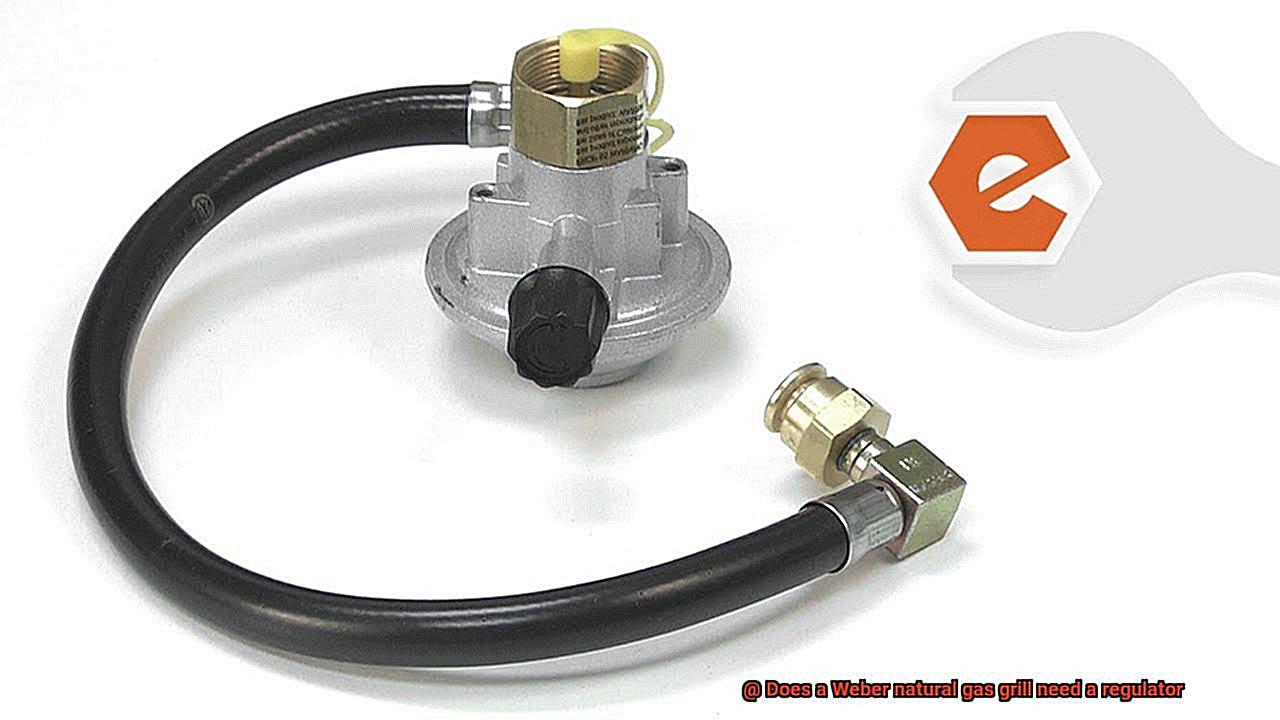
What are the Benefits of Using a Regulator with Your Weber Grill?
Here are just a few of the benefits you’ll enjoy when you use a regulator with your grill:
Consistent and Safe Gas Flow
A regulator helps to regulate the flow of gas from the propane tank to the grill burners. This ensures that your grill operates at a consistent and safe level. Without a regulator, you risk flare-ups and hot spots that can lead to uneven cooking and even damage to your grill.
Prevent Gas Leaks
Using a regulator also helps to prevent gas leaks. In case of any sudden drops in pressure, the regulator acts as a safety valve that automatically shuts off the gas supply. This means you can enjoy your grilling session without worrying about hazardous gas leaks that may lead to potentially dangerous explosions or fire hazards.
Save Money by Conserving Propane
Using a regulator can actually help save you money by conserving propane. By ensuring only the necessary amount of gas flows to the grill burners, you prevent wastage and extend the lifespan of your propane tank. This means you get more grilling time without having to replace your propane tank as often.
Perfectly Cooked Meals
By regulating the temperature with a regulator, you can achieve even cooking and avoid burning or undercooking your food. This results in perfectly cooked meals that are juicy and tender – just what every grilling enthusiast desires.
What Safety Features Does the Weber Regulator Include?
That’s why the Weber natural gas grill regulator is an essential component that guarantees safe and efficient grilling every time. As an expert on this topic, let me tell you about the safety features that this regulator includes.
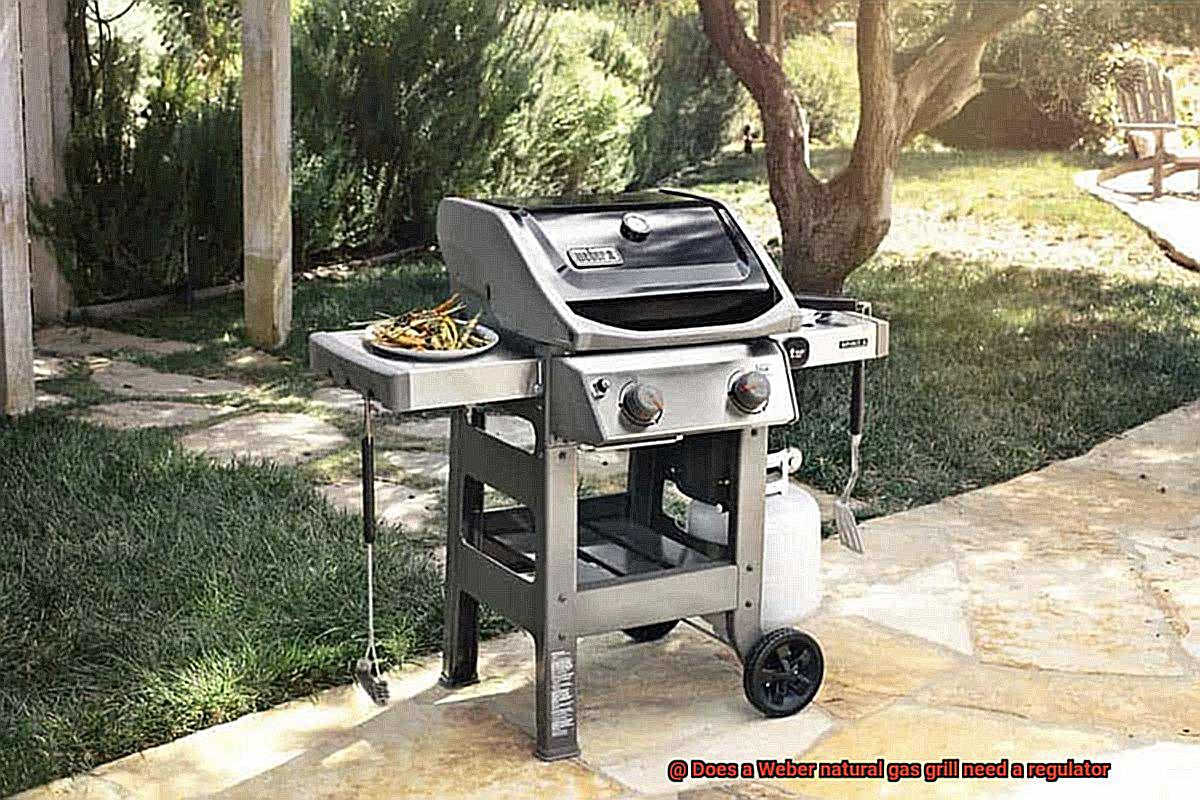
First and foremost, the automatic shut-off valve is a standout feature of the Weber regulator. This valve ensures that the gas supply shuts off automatically if there is a sudden drop in pressure. This can happen if there is a gas leak or if a hose or connection becomes disconnected, which could lead to potentially dangerous fires or explosions. With this safety feature in place, you can enjoy your grilling experience without worrying about any potential hazards.
In addition to the automatic shut-off valve, the Weber regulator has a built-in pressure gauge that allows you to monitor the gas pressure and ensure that it remains within safe levels. If you notice any significant changes in pressure, you can take appropriate action to prevent any potential hazards. This feature not only ensures your safety but also helps you achieve perfectly cooked meals that are juicy and tender.
Furthermore, the protective cover of the Weber regulator is another valuable safety feature that keeps it functioning optimally for an extended period. This cover shields it from external elements such as rain, wind, and snow, which could otherwise cause damage to the regulator. This protective cover not only extends the lifespan of your regulator but also ensures that it maintains its safety features over time.
Are There Different Types of Regulators Available for Weber Grills?
Weber grills are known for their quality and reliability, but to ensure safe and optimal operation, it’s important to choose the right type of regulator. Here are the different types of regulators available for Weber grills and how to choose the right one for your specific model.
Low-Pressure Regulators:
Low-pressure regulators are designed for natural gas grills. These regulators regulate the pressure of the gas coming from the natural gas line into the grill. Natural gas flows at a much lower pressure than propane, so a different type of regulator is needed. The low-pressure regulator keeps the gas pressure at a safe level and ensures that the grill operates properly.
High-Pressure Regulators:
High-pressure regulators, on the other hand, are designed for propane grills. They regulate the pressure of the propane coming from the propane tank. Propane flows at a much higher pressure than natural gas, so a different type of regulator is needed. The high-pressure regulator keeps the gas pressure at a safe level and ensures that the grill operates properly.
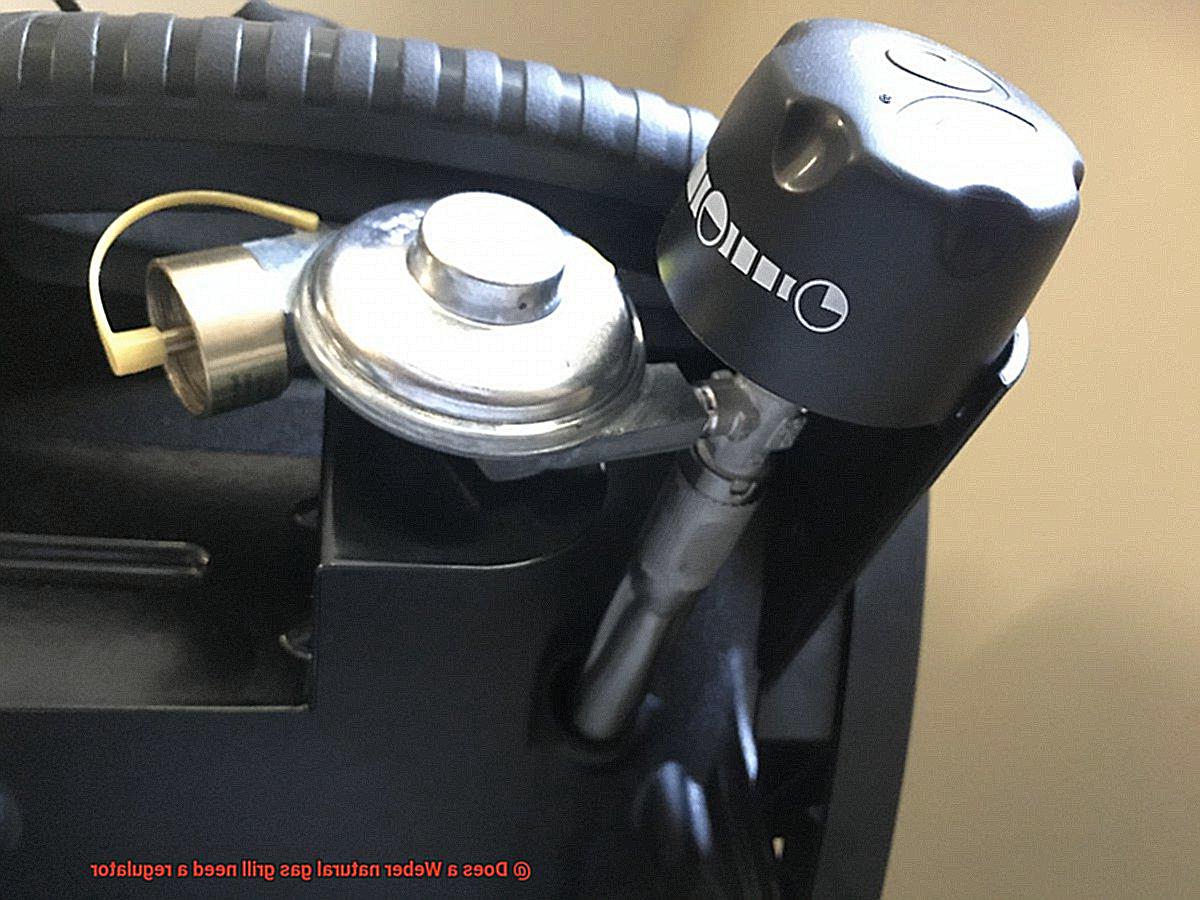
Choosing the Right Regulator:
It’s essential to choose the right regulator for your specific grill model. Not all regulators are compatible with all Weber grills, so it’s crucial to check the owner’s manual or consult with an expert to determine which type of regulator is appropriate for your specific grill model. Choosing the wrong regulator could result in dangerous gas leaks or fires.
Installation:
It’s recommended to have a licensed professional install the regulator to ensure proper installation and safe operation of your Weber natural gas grill. A licensed professional will ensure that you have chosen the correct regulator and that it is installed correctly, preventing any potential hazards while using your grill.
Sizes and Styles:
In addition to low-pressure and high-pressure regulators, there are also different sizes and styles available. Some regulators are designed specifically for certain models of Weber grills, while others are universal and can be used with a variety of grills. It’s important to choose the right size and style for your specific grill to ensure that it operates safely and efficiently.
How Do I Install a Regulator on My Weber Natural Gas Grill?
One key component in achieving both is the installation of a regulator. If you’re looking to replace or install a new one, I’ve got you covered with these simple steps.
First things first, let’s talk about why a regulator is necessary for your grill. A regulator helps regulate gas pressure, ensuring that your grill operates safely and efficiently. Now, let’s dive into the installation process.
Step 1: Safety First. Turn off the gas supply by turning the valve on the gas line clockwise.
- Step 2: Disconnect the hose from the grill. This will allow you to remove the old regulator and replace it with a new one. Unscrew the hose from the connector on your grill.
- Step 3: Install the new regulator. Attach the new regulator to the hose by screwing it onto the connector. You want to make sure it’s securely in place.
- Step 4: Reconnect the hose to the grill. Screw the other end of the hose back onto the connector on your grill. Double-check that everything is tightened properly.
- Step 5: Turn on the gas supply and test for leaks. Once everything is connected, turn on the gas supply and check for any leaks using a soapy water solution. If you see bubbles, there’s a leak – so turn everything off and try again.
It’s important to note that not all regulators are compatible with all grills, so make sure you purchase one that will work with your specific model. If you’re unsure about how to install a regulator or detect leaks, don’t hesitate to seek professional help or consult your user manual for guidance.
Troubleshooting Common Issues When Using a Regulator with Your Weber Grill
As grilling season heats up, there’s nothing more frustrating than firing up your Weber natural gas grill and encountering issues with your regulator. Luckily, troubleshooting these common issues is easy when you know what to look for.
First up, low or no flames. This annoying issue can ruin your grilling plans in a hurry. The problem may be a closed gas valve or a malfunctioning regulator. To address this issue, the first step is checking the gas valve to ensure it’s fully open. If that’s not the issue, check the regulator connections to make sure they’re tight and secure. If you’re still unable to get any flames, consider replacing the regulator.
Uneven heat distribution is another common issue that can be caused by a faulty regulator or clogged burner ports. To troubleshoot uneven heat, start by checking the burner ports to ensure they’re clear of debris. If they are, move on to checking the regulator connections to ensure they’re secure. If you’re still dealing with uneven heat, it may be time to replace the regulator.
Finally, if you hear a hissing sound coming from your regulator or gas line, it’s time to pay attention. This could be caused by a loose connection or a damaged regulator. Begin troubleshooting by ensuring all connections are tight and secure. Then, check the regulator for any visible damage or cracks. If you see any damage, replace the regulator immediately for safety reasons.
JO0E18CljOQ” >
Conclusion
In conclusion, the answer to whether a Weber natural gas grill needs a regulator is not a simple yes or no. While the grill comes equipped with its own built-in regulator, local regulations and safety considerations may require the addition of a secondary regulator. Adding an extra regulator can also help maintain consistent gas pressure and prevent potential flare-ups or gas leaks.
Choosing the right regulator for your Weber grill is crucial for optimal performance, even cooking, and fuel efficiency. It ensures a steady and stable gas flow while preventing dangerous situations such as gas leaks and explosions. The Weber natural gas grill regulator includes safety features such as an automatic shut-off valve, pressure gauge, and protective cover – all designed to keep you safe while grilling up a storm.
Installing a regulator on your Weber natural gas grill is easy if you follow simple steps such as turning off the gas supply, disconnecting the hose from the grill, installing the new regulator securely, reconnecting the hose to the grill, and testing for leaks. Don’t forget to check for tight connections and clear burner ports to avoid issues like low flames or uneven heat distribution.
And if you do encounter any issues with your Weber grill’s regulator, don’t panic. Troubleshooting involves checking connections for tightness and security, inspecting regulators for damage or cracks, and replacing them if necessary.

